Which of Earth’s features were essential for the origin and sustenance of life? And how do scientists identify those features
Continue reading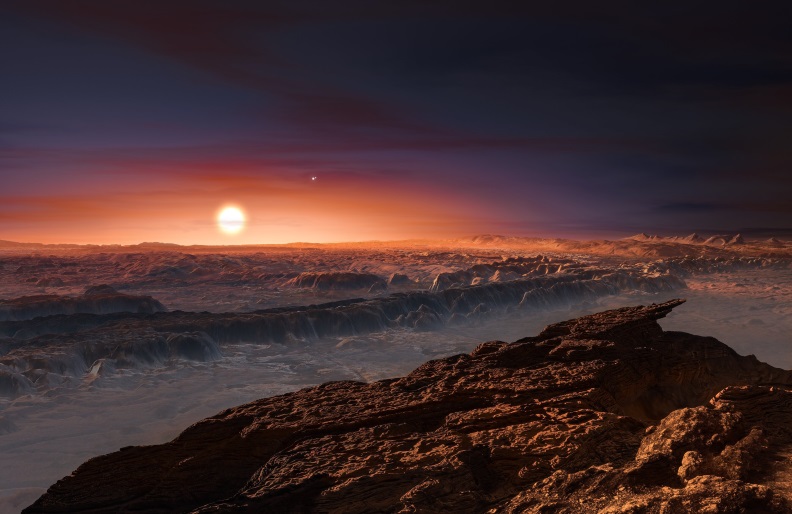

Which of Earth’s features were essential for the origin and sustenance of life? And how do scientists identify those features
Continue reading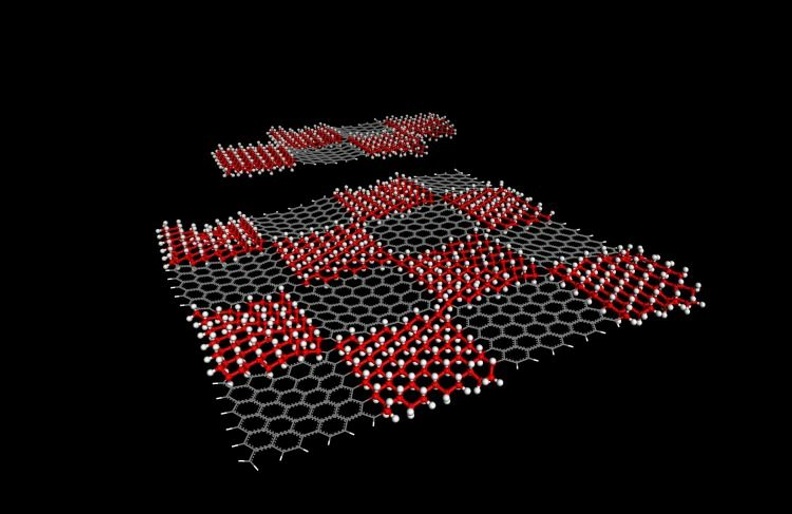
The path towards an electric future is hampered by the ability of batteries to provide sufficient power over a sufficiently
Continue reading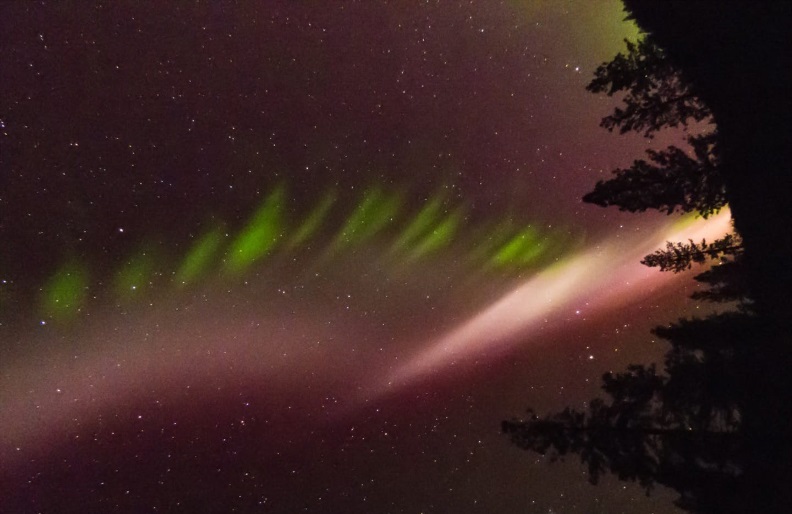
It might be hard to believed that a phenomenon as eye-catching as aurora could go undocumented, but in 2016 a
Continue reading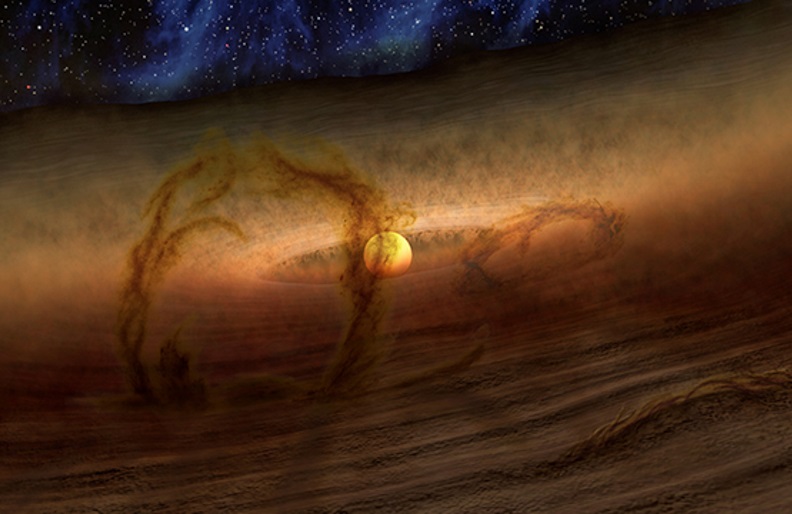
Life may have arisen in our solar system before Earth even finished forming. Planetesimals, the rocky building blocks of planets,
Continue reading
Astronomers using NASA’s Hubble Space Telescope say they have crossed an important threshold in revealing a discrepancy between the two
Continue reading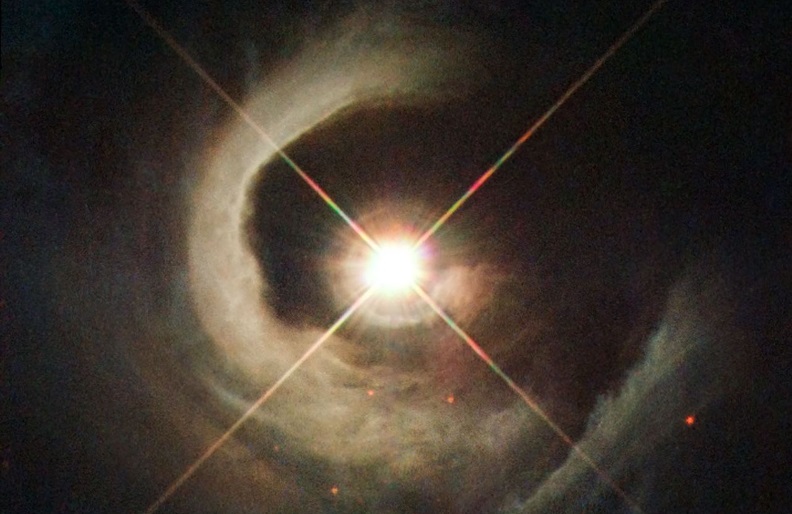
When it comes to the first galaxies, the James Webb Space Telescope will attempt to understand the formation of those
Continue reading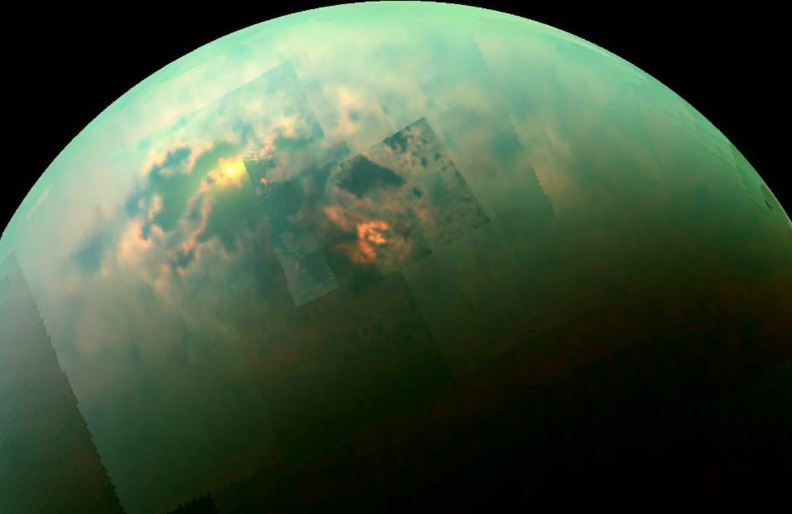
If you’re planning to go boating on Saturn’s moon Titan, bring your lengthier anchor cables. Based on radar data returned
Continue reading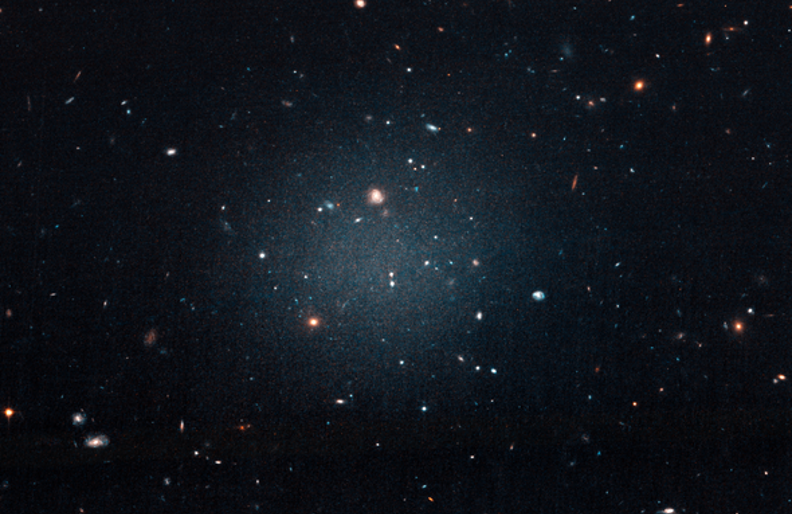
Much as a ripple in a pond reveals a thrown stone, the existence of the mysterious stuff known as dark
Continue reading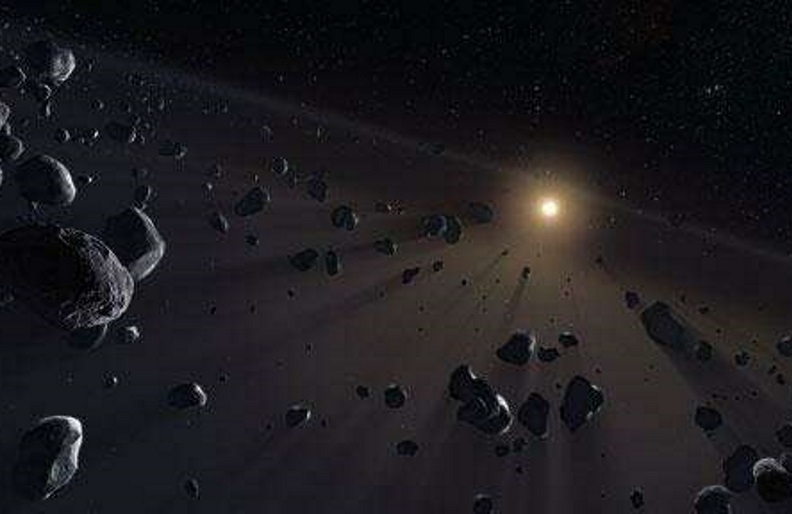
The strange orbits of some objects in the farthest reaches of our solar system, hypothesised by some astronomers to be
Continue reading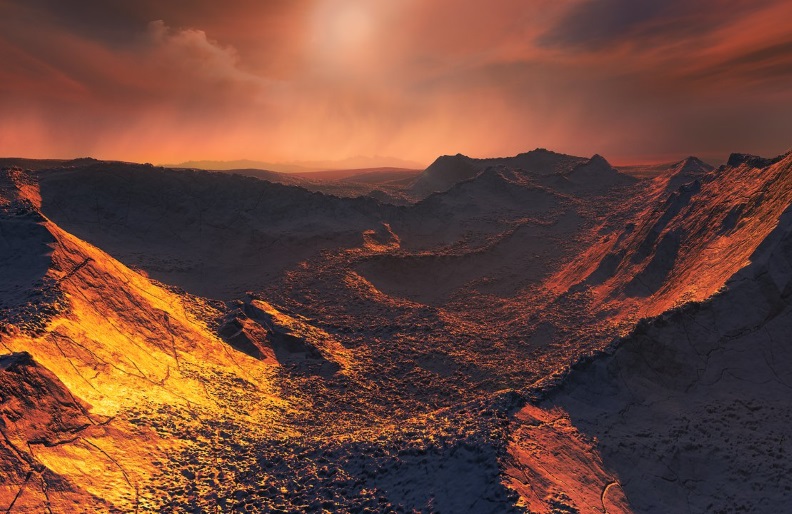
In 2018, scientists announced the discovery of a extrasolar planet orbiting Barnard’s star, an M-type (red dwarf) that is just
Continue reading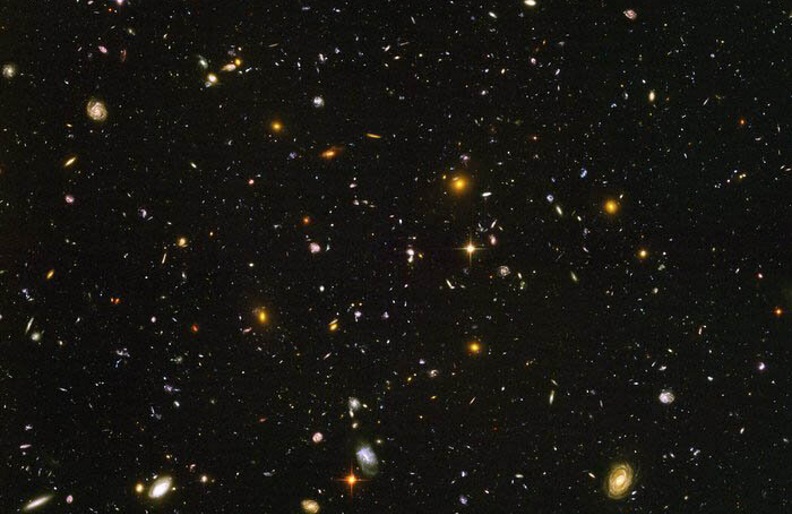
The universe is about 13.8 billion years old, and its stars are arguably its most momentous handiwork. Astronomers studying the
Continue reading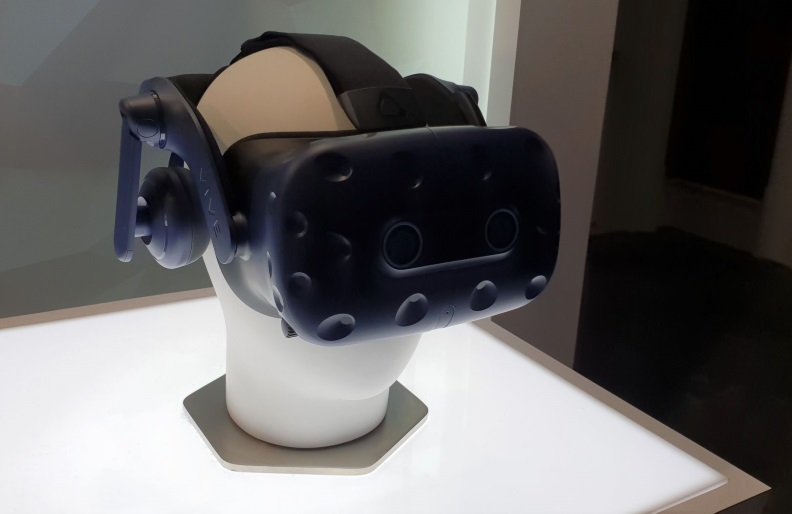
Vive Pro Eye first look: An opening look at the future of virtual reality? The Vive Pro Eye introduces an
Continue reading